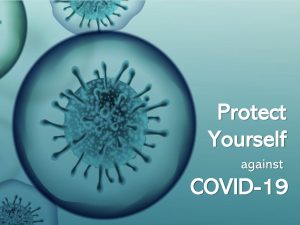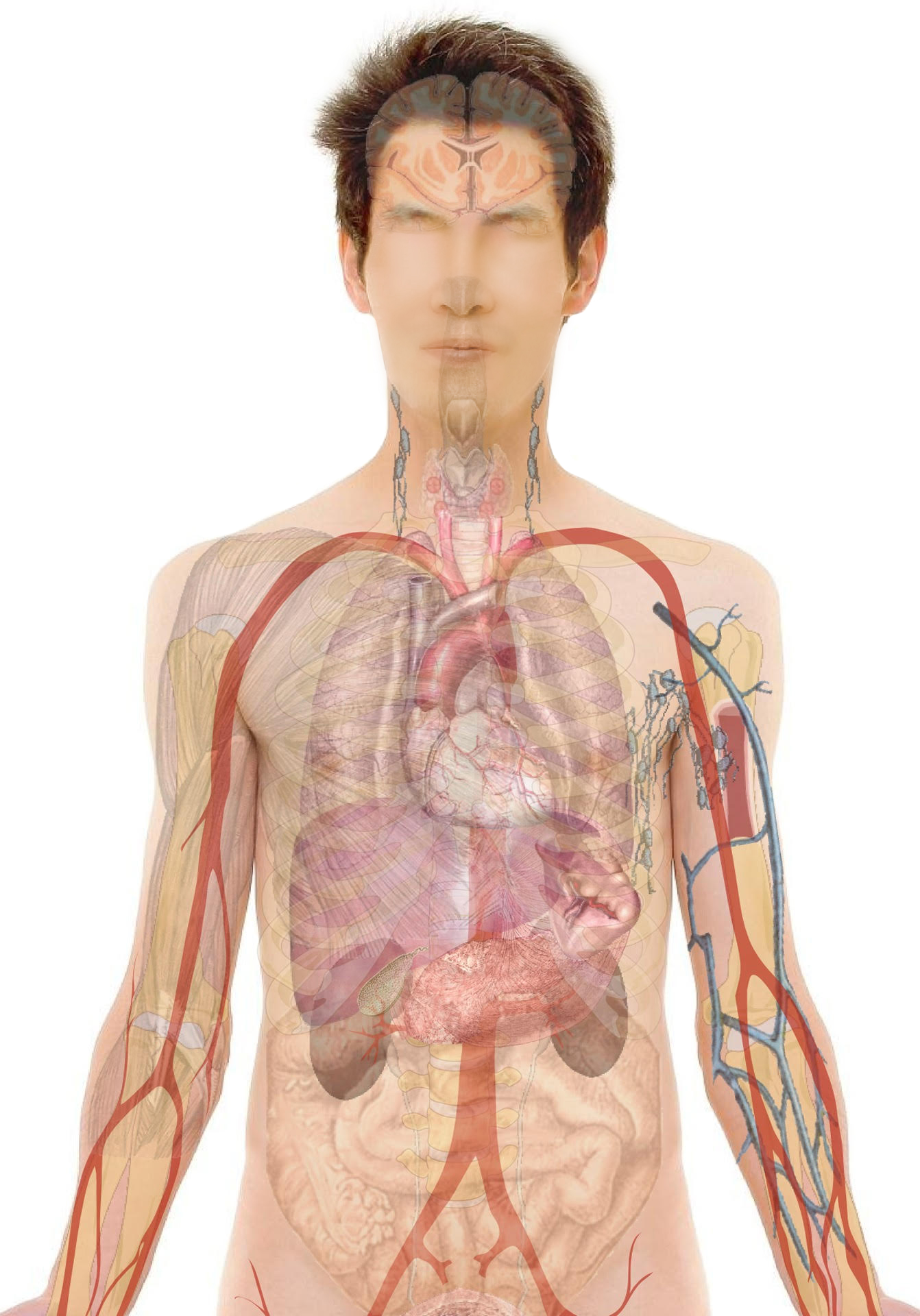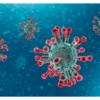Definition and Causes:
Hyperthyroidism:
A clinical state defined as increased production of thyroid hormone, by the thyroid gland. Hormone is a chemical released by the cells and functions as a messenger that transport signals to other cells. Thyroid gland is situated in the lower part of the neck. It lies in front of the windpipe (or trachea; tra-key-ah) below the Adam’s apple.
Thyrotoxicosis (Tyro-tox-e-co-sys):
Refers to the toxic effects of the high concentration of thyroid hormone in the tissues. It can be due to various causes including the hyperactive thyroid gland.
Thyrotoxic crisis/thyroid storm:
Rare but life-threatening condition due to extreme increase in thyroid hormone and its effects, often precipitated by acute illness or surgery

The thyroid gland produces 2 thyroid hormones called thyroxine (abbreviated T4) and triiodothyronine (abbreviated T3). The release of these hormones is partly regulated by (a) other glands such as the pituitary and hypothalamus, situated within the brain, and partly by (b) the circulating thyroid hormones itself via negative feedback (the latter refers to the ability of a circulating hormone to switch off its own production to avoid excess levels).
Regulation of thyroid hormones:
In general, hormones circulating in the bloodstream exert their effect on an organ or tissues by binding (or docking) to special proteins within the tissues called receptors (docking sites for the hormones).
Hypothalamus (an area within the brain) releases a hormone known as thyrotropin-releasing hormone (TRH).

The rate of production is controlled by the amount of hormone circulating within the body, and in turn by the pituitary glands.
An insufficient amount of hormone triggers an increased release of TSH.
Excess amount of hormone triggers a decreased release of TSH.

In hyperthyroidism there is a problem of excess hormone production; regardless of TSH release.
Many diseases and conditions can cause this problem; some of the common ones are as follows:
- Graves’ disease: An autoimmune disease, where the body’s own defense mechanism starts forming antibodies that disrupt the normal interaction of TSH with the thyroid gland resulting in, excessive thyroid hormone production. It is hereditary and more common in females. Many patients may appear to have bulging eyes. This is due to a condition called Graves’ ophthalmopathy. Patients may also have skin rashes that appear red plaques; this is called a dermopathy
- Functioning adenoma or Toxic multinodular goiter: Occasionally the thyroid gland develops a nodule that starts producing thyroid hormone on its own. If there is a single nodule it is called a functioning nodule. If there are more than one functioning nodules it is termed as toxic multinodular goiter
- Excess iodine consumption: In diet or in medications containing a higher content of iodine
- Inflammation (thyroiditis) of the thyroid: Due to viral infections or other causes
- Noncancerous growths of the thyroid gland or pituitary gland
- Some tumors of the testes or ovaries
Symptoms:
Patients with mild disease may not have any signs or symptoms at all. The symptoms are actually present as the degree of hyperthyroidism increases.
Common symptoms include:
- Hair loss
- Bulging of the eyes (exophthalmos)
- Enlarged or swollen thyroid gland (goiter)
- Increased sweating (perspiration)
- Palpitations (increased heartbeat)
- Muscle wasting
- Increased bowel movements
- Weight loss
- Fatigue (being tired all the time)
- Agitation, nervousness
- Tremors (shaking)
- Lack of focus/ unable to concentrate
- Females may experience irregular menstruation

Investigations and Treatment:
History and Physical:
History should include the duration of all the symptoms stated above if present.
Physical examination:
- Vital signs (blood pressure, heart rate, respiratory rate, and temperature)
- Local examination of the thyroid gland (size, symmetry, texture(feel on touch), and pain)
Labs:
Thyroid hormones can be measured directly in the blood and are usually elevated in hyperthyroidism. TSH levels are decreased or undetectable, except in hyperthyroidism due to pituitary tumors where the TSH is really high in spite of high levels of thyroid hormone. This is due to the excess production of TSH by the tumor.
TREATMENT:
Includes the following
1) Symptom relief:
Which occurs due to hyperthyroidism; such as increased heart rate; treated by heart rate slowing agents, such as beta blocker, for example, propranolol (Inderal), atenolol (Tenormin), metoprolol (Lopressor)
The physician will decide which patient to treat with which agent depending upon the age of the patient’s size of the gland and other illnesses.
2) Antithyroid drugs:
As suggested by the name they block the production of the hormone. There are 2 main drugs available in the market for use Methimazole (Tapazole) and Propylthiouracil (PTU)
Patients receiving ATDs should be informed to report immediately; if they develop fever, sore throat, or have any signs of infection
Note: Monthly follow up is required while on treatment, to monitor their desired and undesired effects
3) Radioactive iodine ablation therapy:
It is given orally either by a pill or a liquid on one time basis. The radioactive iodine binds to the active thyroid cells and destroys them, there are very few side effects since iodine is only bound to the gland cells and does not affect other cells.
The iodine given for therapy is very different from what it is given, to do the scans. However, a routine iodine scan is always done prior to the therapy to see the uptake of the gland to confirm hyperthyroidism
Note: This treatment is not given to the patients who are pregnant, breastfeeding, or had radiation therapy to the neck region for any other reason such as cancers or tumors. After the treatment patient may present with temporary hypothyroidism up to 6 months, if this persists the physician will decide if thyroid replacement therapy is required.
4) Surgery:
Partial or total removal of the thyroid gland is known as a thyroidectomy. Patients who cannot tolerate iodine therapy or ATDs may opt for surgery.
Like with any surgical procedure thyroid surgery is also associated with certain risks such as:
- Post-operative infection
- Accidental removal of parathyroid glands which may cause lifelong calcium replacement therapy
- Laryngeal nerves may be damaged or cut during the procedure causing swallowing and speech problems
It is always advisable to seek surgeons’ advise before making any decision.
Medications:
Medications which are used to treat hyperthyroidism are as follows:

Risk Factors and Prevention:
- Family history of autoimmune disease
- Stress
- Smoking
- Have an autoimmune disease such as diabetes
- Have been treated with anti-thyroid medication
- Received radiation therapy to the head or neck region for cancer
Outcome:
- Treatable disease
- Treatment with regular monitoring, mostly lead to normal hormone levels
- Grave’s disease may get worse with time. It has the potential to get complicated with some effects on quality of life
Complication alert:
Sudden worsening of hyperthyroidism is known as thyrotoxicosis or thyroid crises (storm).
It may present with infection, fever, stress, abdominal pain, and decreased mental alertness. Immediate hospitalization may be required.








